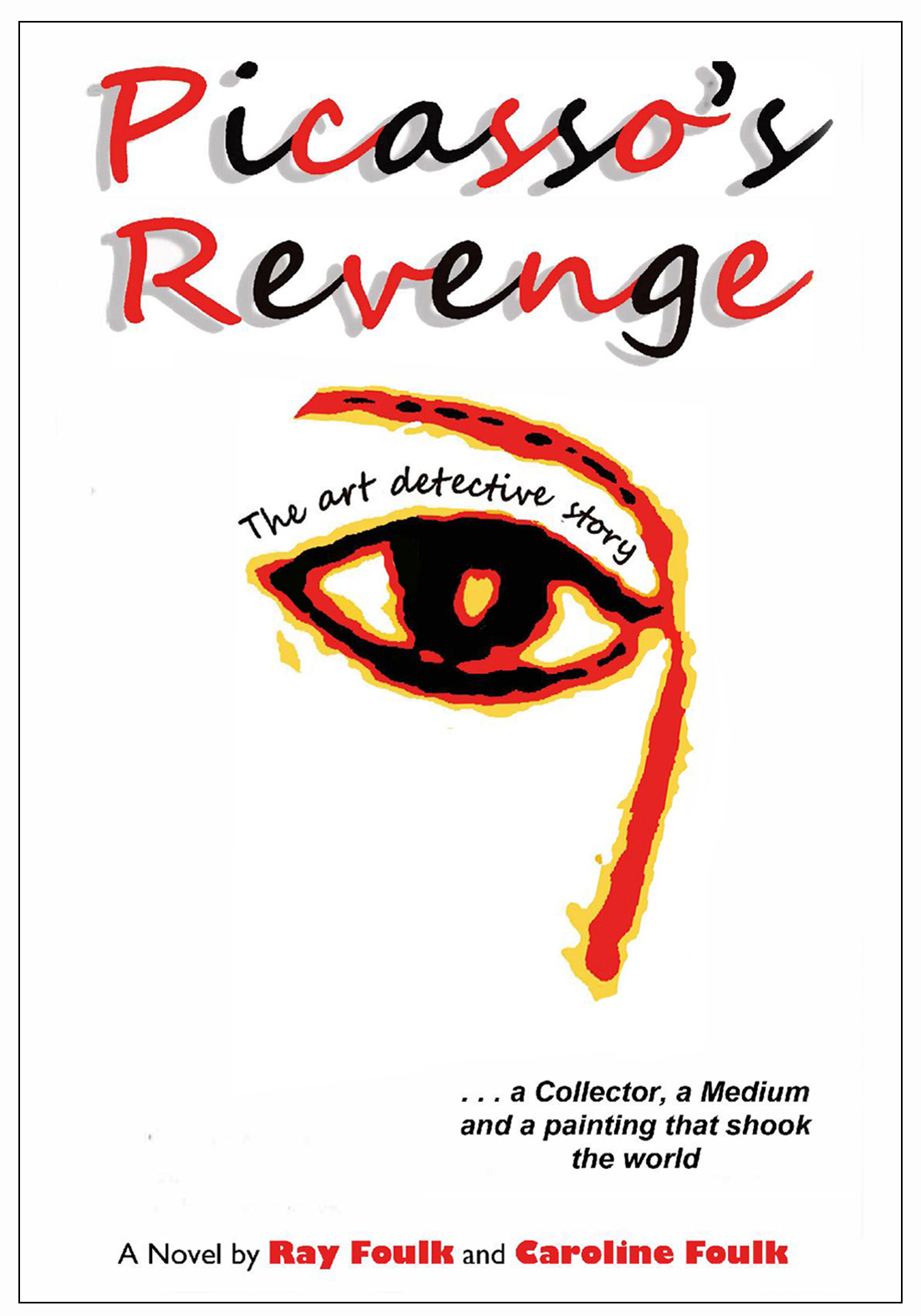Probasco Haus Press. 2012. c176p. illus. bibliog. index. ISBN 978-0-9766626-2-4. $29.95.
Approaching their subject from two rubrics-- a lot can be learned about the inhabitants of a city from the buildings in which they live and the personality of a city is reflected in the architecture of inhabitants’ houses-- two longtime residents and “flaneurs” of Philadelphia, who write and edit several websites and blogs dedicated to art, architecture, landscape, and the study of placeness (hipandhidden.com , arslocii.com , hipandhidden.wordpress.com , arslocii.wordpress.com), take readers on an armchair traveler’s tour of the “other” Philadelphia, the “other” Philadelphia that can be found “inside” the Philadelphia we know from the news and its towering constructions, including condominiums, apartment buildings, and skyscrapers. Restemeyer—-an artist, designer, publisher, and writer-- and Weiner—-an author, editor, journalist, photographer, and writer-- showcase the “other” Philadelphia that may be characterized as “amazing,” “daring,” “different,” extra-“ordinary,” “hidden,” “one-of-a-kind,” “one-off,” “random,” “subtle,” “subversive,” “sudden,” “unique,” and “unusual.” (Probasco Haus Press Release) They define the “other” Philadelphia as the “hip and hidden” one that defies simple definition (pp. 5-7) yet is comprised of “unexpected” homes in a “city of tradition.” In an introduction and eleven chapters, the authors attempt to reveal houses in Philadelphia that fall outside the norms of 18th, 19th, and 20th century architectural styles and developments evidenced by the familiar brick row houses and twins that can be found throughout the city. Spotlighting nearly 100 properties, all of which are located within the city’s limits (p. 6), Restemeyer and Weiner group the residential structures into chapters according to eleven “hip and hidden” categories they developed while walking the city and researching their book: the Classics, Adaptive Reuse, Incorporated Past, Facelift, Pioneers, Quirky Individualism, House=Site, Artistic Assertion, Modernist Assertion, The Referenced Past, and Unique Comparables. As addenda, in lieu of a back-of-the-book index, they include a Neighborhood Guide, citing the pages upon which houses in particular neighborhoods are discussed, as well as an Architects and Builders List, referencing the pages upon which the works by certain architects and builders are mentioned. Whether the authors successfully fulfill one of their goals to document Philadelphia’s “essential hip and hidden” houses remains to be adjudged by readers, who must grapple with the authors’ categories as well as the plethora of stylistic concepts and terms that they use to present the “hip and hidden” houses in Philadelphia. In need of at least a glossary defining artistic styles and terms, the strength of this publication rests on its original, artful, individualistically- focused examinations of various residential structures in Philadelphia. Each house is described in considerable detail by the authors by means of insightful commentary and oftentimes by three or more color photographs illustrating its features on double-page spreads. Generously-illustrated, with more than 400 high-quality, color photographs, and professionally- presented, with careful attention to design, layout and prose, this publication will interest some general readers, students, and others. A subset of readers, most likely those with little free time to walk through the city and/or those possessing a rudimentary to intermediate knowledge of the city’s complex architectural palimpsest, may find the absence of addresses or even a map documenting the presences of structures frustrating and contrary to the authors’ intentions of encouraging readers to “explore” and “find” the houses in the “general Philadelphia neighborhoods” in which they are situated. (p. 9) Due to its original approach to its subject and its significance as a book documenting the more unusual residential structures in a large, northeastern, American city with a distinguished architectural history, this book is highly recommended for large public and special library collections, particularly for those found in the Philadelphia and Delaware Valley region. Purchased review copy. Availability: Probasco House Press and selected fine bookstores
skip to main |
skip to sidebar









Subscribe via email
About Me
- Copyright C. A. Lajos
- If you would like more information about my background or this blog and its contents, please email me. Also, if you would like me to review your book(s) or publication(s), please email. This blog and its contents are copyrighted by me and may not be reprinted, reproduced, duplicated, copied, sold, resold, visited, or otherwise used in whole or part without my expressed written permission. Unless otherwise noted on this website, free review copies of publications were given to me by authors, publishers, their representatives, agents, or proxies. Thanks for your attention and consideration.
The Perfect Gift: an Amazon Gift Certificate
Labels
- 19th and 20th centuries
- 19th century
- 20th century
- A Love for the Beautiful
- A. Victor Coonin
- Alva Vanderbilt Belmont
- American Eden
- Ann Stevens
- Antiques
- Architectural ornamentation
- Architecture
- Art
- Art collectors and collecting
- Art Museums
- Ashley Callahan
- Athens (GA)
- Book Review
- Bradenton (Fla.)
- Ca d'Zan
- Caroline Foulk
- Cities
- Claude Monet (1840-1926)
- Collectors and collecting
- Congresses
- Conservation and restoration
- Cosmopolitanism
- Customs
- Dale L. Couch (Editor)
- David (Statue)
- David A. Berry
- Decorative arts
- Diplomatic Gardens of Washington
- Domestic Architecture
- Donald D. Spencer
- Eclecticism in architecture
- Émile Gavet
- Faces in the Sky
- Farm Security Administration (FSA)
- Florence (Italy)
- Florida
- Frida Kahlo
- From Marble to Flesh
- Furniture
- Garden design
- Gardens
- Gargoyles
- Georgia
- Georgia Bellflowers
- Georgia Museum of Art
- Giles Kelly
- Giverny (France)
- Gothic Art in the Gilded Age
- Greetings from Sarasota Florida
- Grotesques
- Guidebooks
- Henry Eugene Thomas
- Historic Architecture in Northwest Philadelphia
- Historic Architecture in West Philadelphia 1789-1930
- Historic buildings
- Historic houses
- Historical fiction
- History
- Horticulture
- Hudson River Valley (N.Y.)
- Impressionism
- Jack Thomas
- Jacques Doucet (1853-1929)
- Jaques Susan
- John Ringling
- Joseph Minardi
- Julia L. Foulkes
- Kashif Parvaiz
- Landscape gardening and architecture
- Landscape Gardens on the Hudson
- Les Desmoiselles D'Avignon (Painting)
- Mable Ringling
- Mad Enchantment
- Mansions
- Maryland
- Medieval art
- Michelangelo Buonarroti (1475-1564)
- Modern Art
- Museum exhibition
- Museums
- Nancy M. Heinzen
- Neighboring Voices
- Northwest Philadelphia (PA)
- Occult
- Orangerie Museum (Paris France)
- Pablo Ruiz Picasso (1881-1973)
- Parks
- Patrick McCann
- Philadelphia (PA)
- Photographs
- Picasso's Revenge
- Pictorial Works
- Porcelain
- Postcards
- Pottery
- Public squares
- Ray Foulk
- Renaissance art
- Ringling John (1866-1936)
- Ringling Mable (1875-1929)
- Rittenhouse Square (Philadelphia)
- Robert M. Toole
- Romanticism
- Ross King
- Russia
- Russia's Prestige
- Salomon Grimberg
- Sarasota (Fla.)
- Sculpture
- Silver
- Social life
- Southern States
- Still Lifes
- Surrealism
- Susan Jaques
- The Perfect Square
- The Ringling
- The Ringling: Visitor Guide
- To the City
- Travel
- United States
- United States
- Urbanization
- Virginia
- Virginia Brilliant
- Wade Graham
- Washington (District of Columbia)
- Water Lilies in Art
- West Philadelphia (PA)















